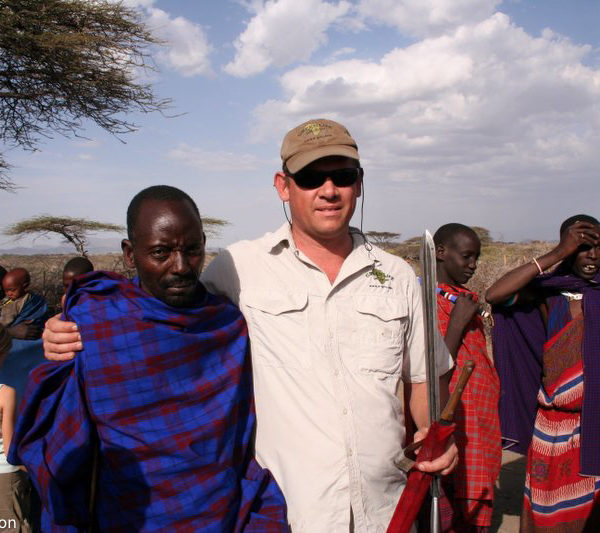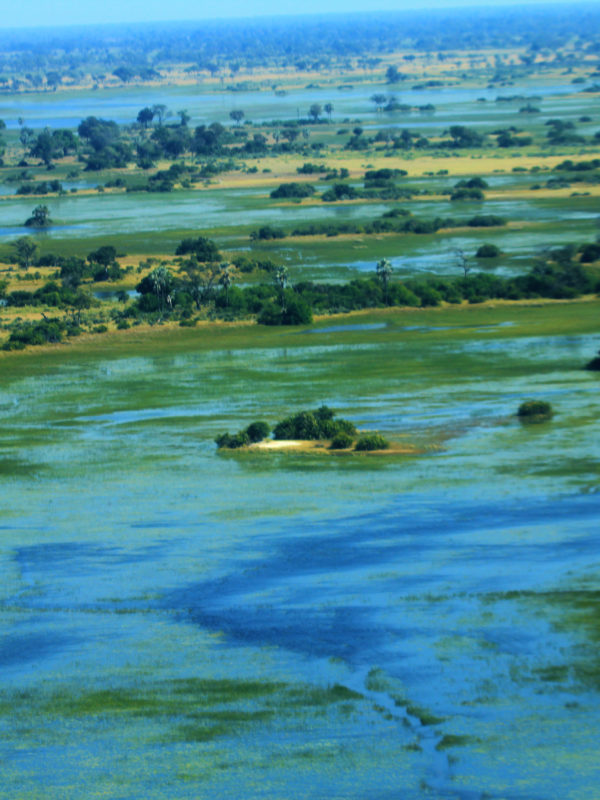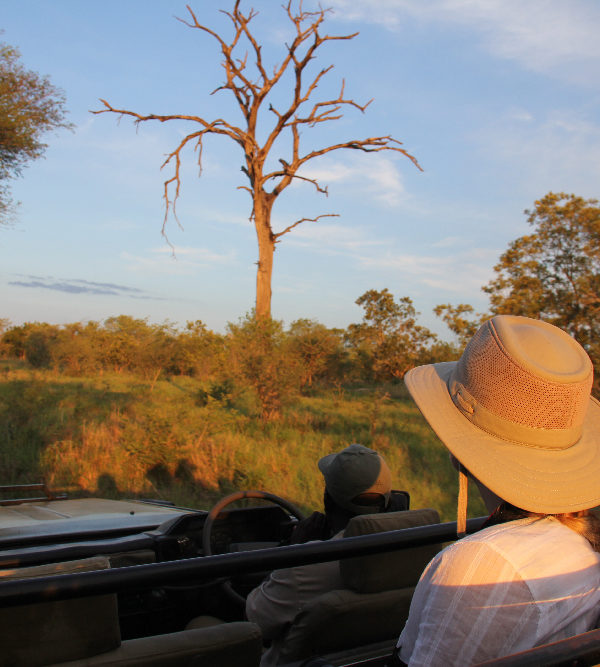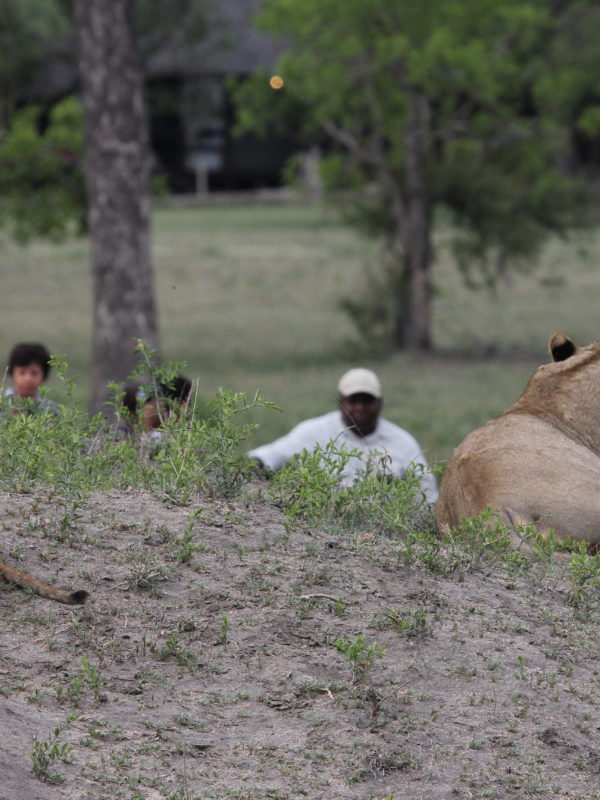The Central Kalahari Game Reserve (CKGR) is the largest game reserve in the world, and has until recently been closed to the public. Its remoteness, unforgiving climate and harsh terrain have kept it pristine and only the fully self-sufficient traveller would venture into the reserve alone. Those that do are rewarded with untamed Africa at its best.
The CKGR was originally created as a refuge for the San Bushmen – the inhabitants of the Kalahari for the past 30,000 years. They lived in nomadic hunter-gatherer family groups only taking what they needed to survive – which is an art form in the Kalahari. Their simple lifestyle became anathema to the sophisticated Europeans who colonised Southern Africa and the Bushmen found themselves the hunted rather than the hunter.
Bushmen survival became an issue in 1961 when Botswana was still a British Protectorate, and the Central Kalahari Game Reserve was formed as their homeland. Most have now intermixed with other tribes such as the Bakgalagadi, and live in villages at the southern end of this reserve. Their traditional lifestyle is all but gone but some bush survival knowledge is still passed down from generation to generation.
Safari lodges based in various parts of the Kalahari often hire people of Bushman origin to guide visitors into the desert and to impart their wisdom of how to survive. Often dressed in traditional animal skins and carrying a bow and arrow, they show you how to find water-filled tubers in the sand and explain how to catch an ostrich – which is no easy task! Bushmen are great storytellers and like nothing better than to embellish a tale with elaborate and hilarious demonstrations, accompanied by their fast and furious clicking language. At the end of the day they take off their working clothes – in this case animal skins – and go back to their village. The romantic dream that Bushmen might still be able live as they once did is not a reality, and even the CKGR is no longer theirs as diamond mining companies are taking over what was once Bushman land.
ANIMALS & BIRDS
After the summer rains arrive in the northern section of CKGR, from Deception Valley to Piper Pans, the vast plains burst with sweet grasses and it becomes one of the prime game-viewing areas in Botswana. Not many people seem to be aware of this and visitors are few. The clear blue sky fills with gigantic clouds and the stage is set for an amazing transformation. Into the scene enters thousands of gemsbok, springbok and wildebeest, with plentiful lion, cheetah and jackal in attendance. This gathering of animals is a sight to behold and can be compared with the Serengeti/Masai Mara migrations of Tanzania and Kenya.
Kalahari sunset. Pic: David Anderson
Out in the bush, the ceaseless daytime call of the Black korhaan is replaced at night by the continuous loud cough of the male barking gecko, and under the cover of darkness scorpions emerge. Those with thick tails and small pincers are the most dangerous, while the ones with small tails and big pincers give a painful but harmless sting.
SEASONS
Rainy season: Summer rains are expected to fall on northern CKGR between November and March, but as rainfall is erratic this is by no means certain. Rainstorms are frequent but fast and roads can become very muddy and a fully equipped 4×4 vehicle is essential.
Dry season: May to October is hot, dry and dusty in the Kalahari with little water and limited animals. October is the hottest month.
CENTRAL KALAHARI GAME RESERVE SPECIALITIES
· Magnificent cloud formations during the summer rains
· Thousands of grazing animals on the grass plains of northern CKGR from February to April
· Fascinating reptiles, scorpions and insects
· Beautiful Deception Valley
· Starry nights of spectacular proportions
FACTS
CKGR is the largest game reserve in Botswana covering 32 808 square miles (52,800 square kilometres).
It is located right in the centre of Botswana




